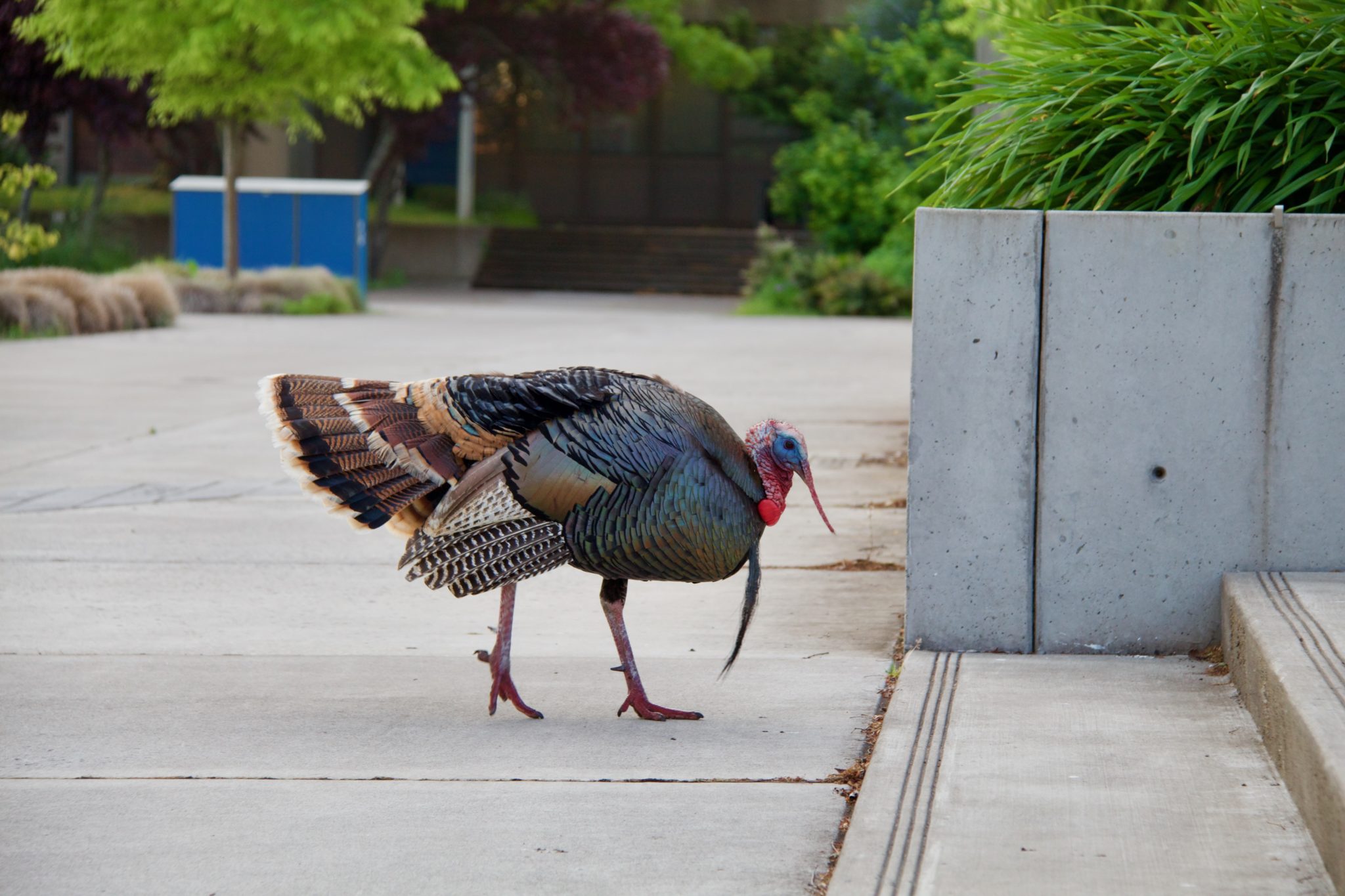We’ve been working on the website redesign for a while, but I’m afraid that I’ve totally dropped the ball at posting updates to this blog. Things have been much busier than anticipated. Though I’m sure I’m missing some parts, here’s a quick overview of what’s happened so far.
Completed a brand and identity inventory
In order to help iFactory get to know Lane as a college, we answered a multi-page inventory covering basic items like what our roles are, questions on our market, our programs offerings, and even our guided pathways efforts.
Hosted an on-site visit by the iFactory team
Three iFactory employees came to campus to get to know us even better, eat some delicious Eugene food, and conduct focus groups with students and employees to learn more about what the campus thinks is important in the website. Afterward, they surveyed more than one hundred current students for their thoughts about our website.
Developed four personas to make sure our web content meets everyone’s needs
Well, at least as many needs as we can. Think of personas as pretend people which you can use to evaluate the site. For instance, we have Colleen, a traditional high school student interested in taking some classes at Lane to save money before transferring to a 4-year college. The other three are even more complicated, with tricky backstories. While we’ll never capture every unique situation at Lane, our personas are different enough to make sure we look at every piece of this redesign from at least four very different perspectives.
Evaluated six different mood boards to see which images and designs most feel like Lane
Having collected a lot of information about the college, we were presented with six different mood boards. You can think of these like Pinterest boards for the college, with different collections of pictures and screenshots of other college websites. We provided feedback on each one, and explained why they did or didn’t feel like Lane.
Evaluated three different mockups of potential homepage elements, to get a feel for the design language which will eventually build our site
From the mood boards, some simulated pieces of a new site were created for us to critique. We provided feedback again on which directions we wanted to pursue.
Provided feedback on two rounds of information architecture for the new site.
While working on some of the design tasks, we were presented with two iterations of an information architecture (IA). The IA is how the site is going to be structured, and starts to provide some structure to the navigation on our site. While we’re pretty confident the IA we’re going to use is roughly correct, it’s still being polished.
Completed a content inventory
We were provided with a spreadsheet of more than ten thousand different URLs that are a part of the Lane domain. While they weren’t all part of the Lane website, they were each linked somehow from the Lane website and a part of our domain. Our job was to determine what to do with each page. Was the content correct? Could it be merged elsewhere? Should it be archived? This task took several weeks of near full time work, and resulted in our cleaning a lot of content. Due to the sheer number of pages to look at, we weren’t able to consult with everyone on each page, but I did talk to dozens of people about their content throughout December and January.
Provided feedback on several rounds of wireframes of possible college pages
One common step in website development is to draw a rough layout of content, without putting any color or pictures in it. The goal is to get you to stop thinking about the appearance of the content and instead think about the layout and the flow of the text. Some wireframing software will even make the lines look like they were drawn with a crayon or thick marker, just so that you know immediately that we’re just roughing in content elements.
Evaluated two different homepage mockups (with help from 44 of you!) to see what direction we want to go with the college homepage.
This is when things got really exciting. Finally, in the last month, we’re starting to see some fairly polished concepts of what the new homepage might look like. We’re still finalizing some of the language, so they’re not quite ready to share, but we’re getting close.
What’s next?
We’re currently working through wireframes and mockups for several other types of pages, and have started preliminary conversations with their developer. Soon, we’re going get an outside perspective on the actual content of our website, and see where we have some gaps. Quite a bit of time this spring is likely to be occupied with content development, since we know we have some content gaps.
I’d also like to share the first change that we’re confident that is going to impact our web editors. On the current site, almost all of your content is in one field called “Body”. This is great, in that it’s very customizable, and terrible, in that it’s very customizable, leading to broken, inconsistent pages. Best practices developed a few years after our previous launch suggest providing reusable components that you can plug into any part of your site: a slideshow here, a callout quote there, some text over there. They also suggest making them remixable, so you can lay out your page however you’d like, using a common language of elements, letting your page be instantly familiar to everyone as a Lane page, but also customized to your content.
We’re going to be adopting that approach as a part of this website launch, which I hope will help meet some of the website customization needs I haven’t been able to meet over the last few years!
More details soon, honest!


